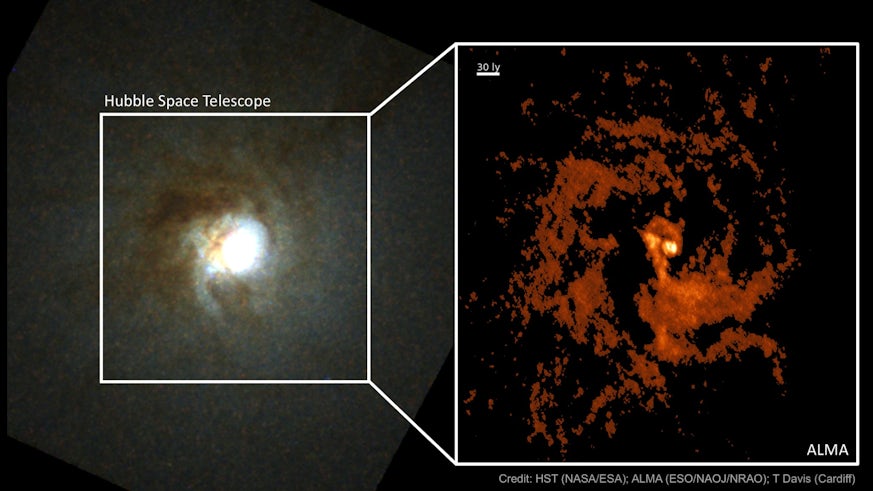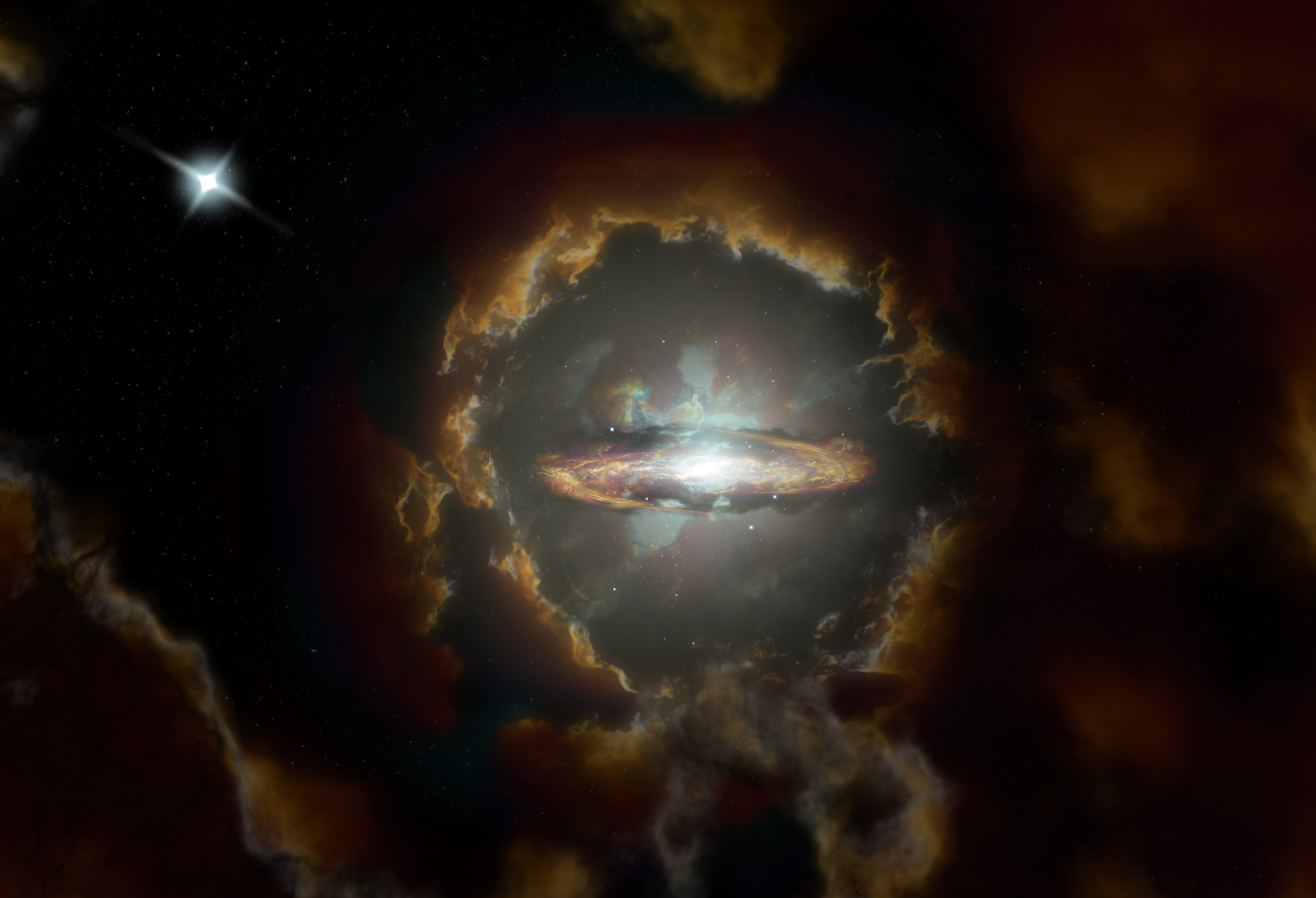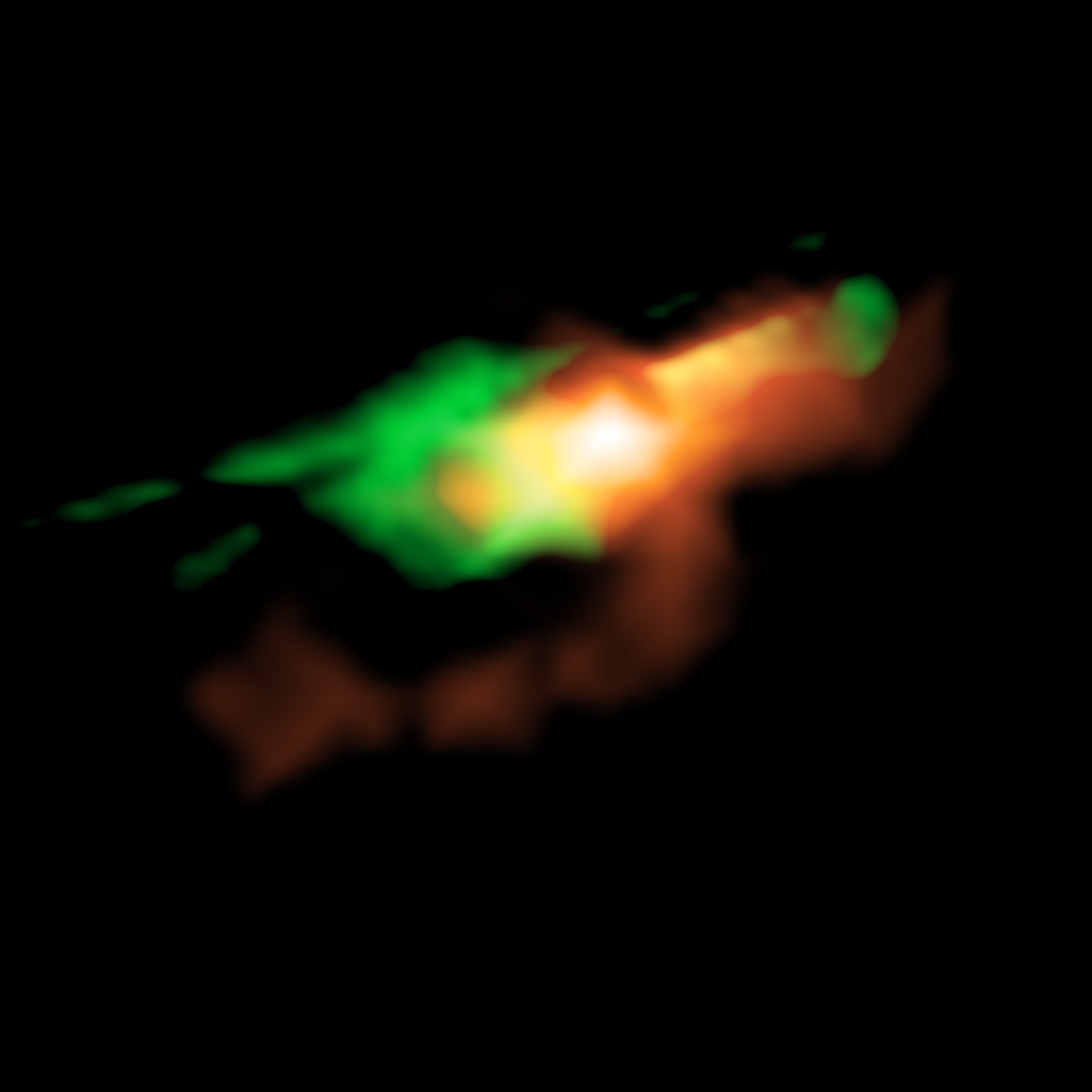
Astronomers zoom in on black hole with one of the lowest masses ever observed in nearby. A research team led by Cardiff University scientists say they are closer to understanding how a supermassive black hole (SMBH) is born thanks to a new technique that has enabled them to zoom in on one of these enigmatic cosmic objects in unprecedented detail.
Scientists are unsure as to whether SMBHs were formed in the extreme conditions shortly after the big bang, in a process dubbed a ‘direct collapse’, or were grown much later from ‘seed...
Read More









Recent Comments